
The Molecular Blueprint of Regrowth: How Axolotls Regenerate Entire Limbs
Axolotls possess one of the most extraordinary abilities in the animal kingdom: the power to regenerate entire limbs with full functionality, including bones, muscles, nerves, and skin. Recent research has begun to clarify the molecular logic that allows these amphibians to rebuild complex body structures with remarkable precision. A newly published study has identified two central players in this process—retinoic acid, a signaling molecule involved in development, and CYP26B1, an enzyme that regulates retinoic acid levels. Together, these molecules create a biochemical map that guides the axolotl through the regeneration sequence.
Scientists found that CYP26B1 shapes a gradient of retinoic acid, effectively telling the regenerating limb how much structure needs to be rebuilt. This gradient functions as a positional cue: depending on the concentration detected in the damaged region, the axolotl can determine whether to regenerate just a fingertip, an entire hand, or a full arm. Without this tightly controlled chemical balance, the regrowth process could become disorganized or incomplete. The discovery provides one of the clearest explanations so far for how axolotls achieve such highly accurate patterning during regeneration.
The research also draws attention to the involvement of the Shox gene, a developmental gene known for its role in skeletal formation in vertebrates. During the axolotl’s regenerative process, Shox becomes reactivated, helping orchestrate the rebuilding of limb structures with their correct proportions and orientations. Although Shox alone does not account for the entire regenerative capability, its activation provides an essential layer of regulation that ensures new tissues form in the proper configuration, mirroring the original limb.
One of the most compelling aspects of this discovery is that humans share many of these same genetic and molecular pathways. While humans cannot naturally regenerate limbs, the presence of conserved genes such as Shox and conserved pathways involving retinoic acid signaling suggests that the underlying biological “toolkit” still exists within our genome. This raises the possibility that, with deeper scientific understanding, a future may emerge in which severe injuries—currently resulting in scarring, amputation, or loss of function—could instead trigger controlled tissue regeneration.
This line of research marks an important milestone in regenerative biology. It demonstrates how studying a highly regenerative species like the axolotl can reveal principles relevant to human medicine and tissue engineering. The findings not only deepen our understanding of developmental biology but also establish a foundation for future therapies aimed at stimulating regeneration in humans. Whether the goal is repairing damaged organs, regrowing tissues, or treating degenerative conditions, insights from axolotl research continue to illuminate new pathways toward medical breakthroughs.
Ultimately, this work underscores the value of fundamental biological research—the kind that investigates how nature solves complex problems. By unraveling the molecular mechanisms behind axolotl limb regeneration, scientists are moving closer to unlocking the human body’s latent capacity to repair itself. What currently seems like science fiction may one day form the basis of transformative medical treatments, with axolotls serving as a biological blueprint for healing.
News in the same category


Teen Inventor Creates Affordable Dialysis Machine, Revolutionizing Global Healthcare

PepsiCo Removes Petroleum-Based Dyes from Doritos, Paving the Way for Healthier Snacking

From Tragedy to Hope: How Compassion Saved a Life in Rural China

Why Tanker Trucks Have a Hanging Chain: Safety Function Explained

Liquid NanoClay: The Norwegian Innovation Turning Deserts Into Fertile Farmland

The Hidden Meaning Behind Tongue Piercings

World’s Largest Pumped Storage Power Station Goes Fully Operational in China
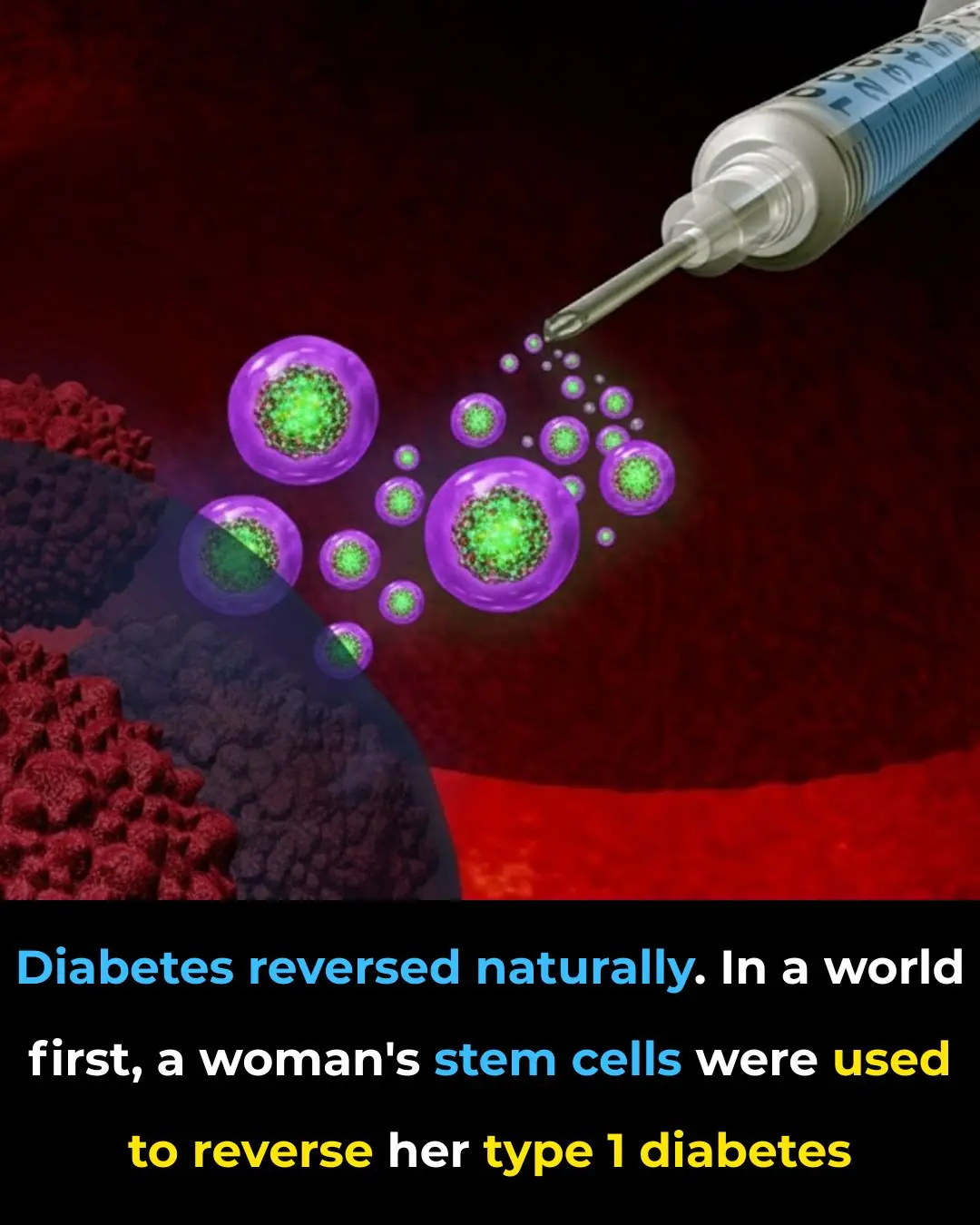
World-First Breakthrough: Stem Cells Reverse Type 1 Diabetes in Landmark Case

Hank’s Second Chance: From Abandonment to Hope and Healing
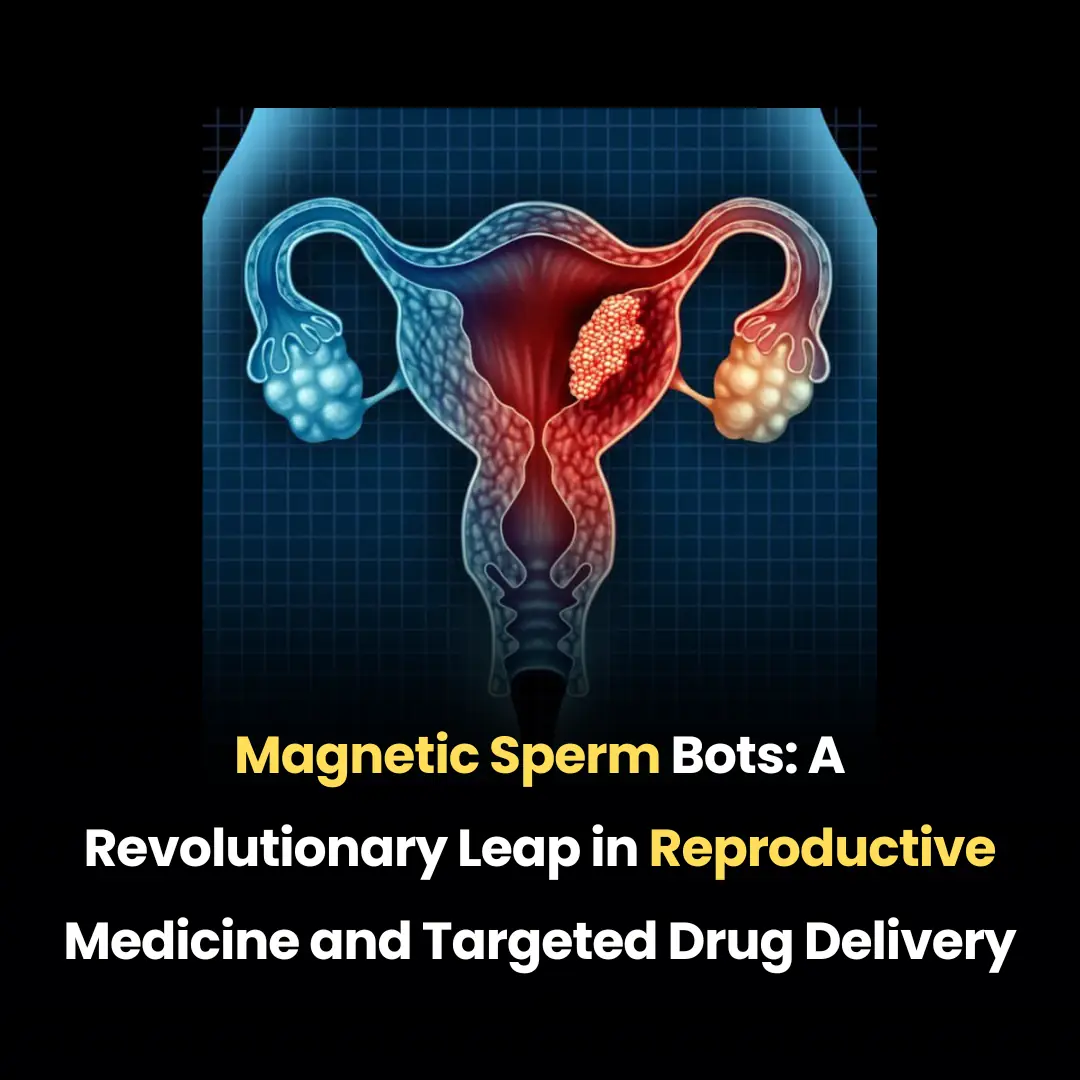
Magnetic Sperm Bots: A Revolutionary Leap in Reproductive Medicine and Targeted Drug Delivery

The Hidden Dangers of Belly Fat: A Warning Sign for Metabolic Health

Breakthrough Discovery of Protective Protein Could Pave the Way for Alzheimer's Prevention

Revolutionary Ultrasound Treatment: A Non-Invasive Breakthrough in Cancer Care

Revolutionary Injectable Gel Promises Non-Surgical Solution for Joint Regeneration

Check out the best tips for using dryer sheets to clean the toilet!

Revealing Hidden HIV: A Major Step Toward Achieving a Functional Cure
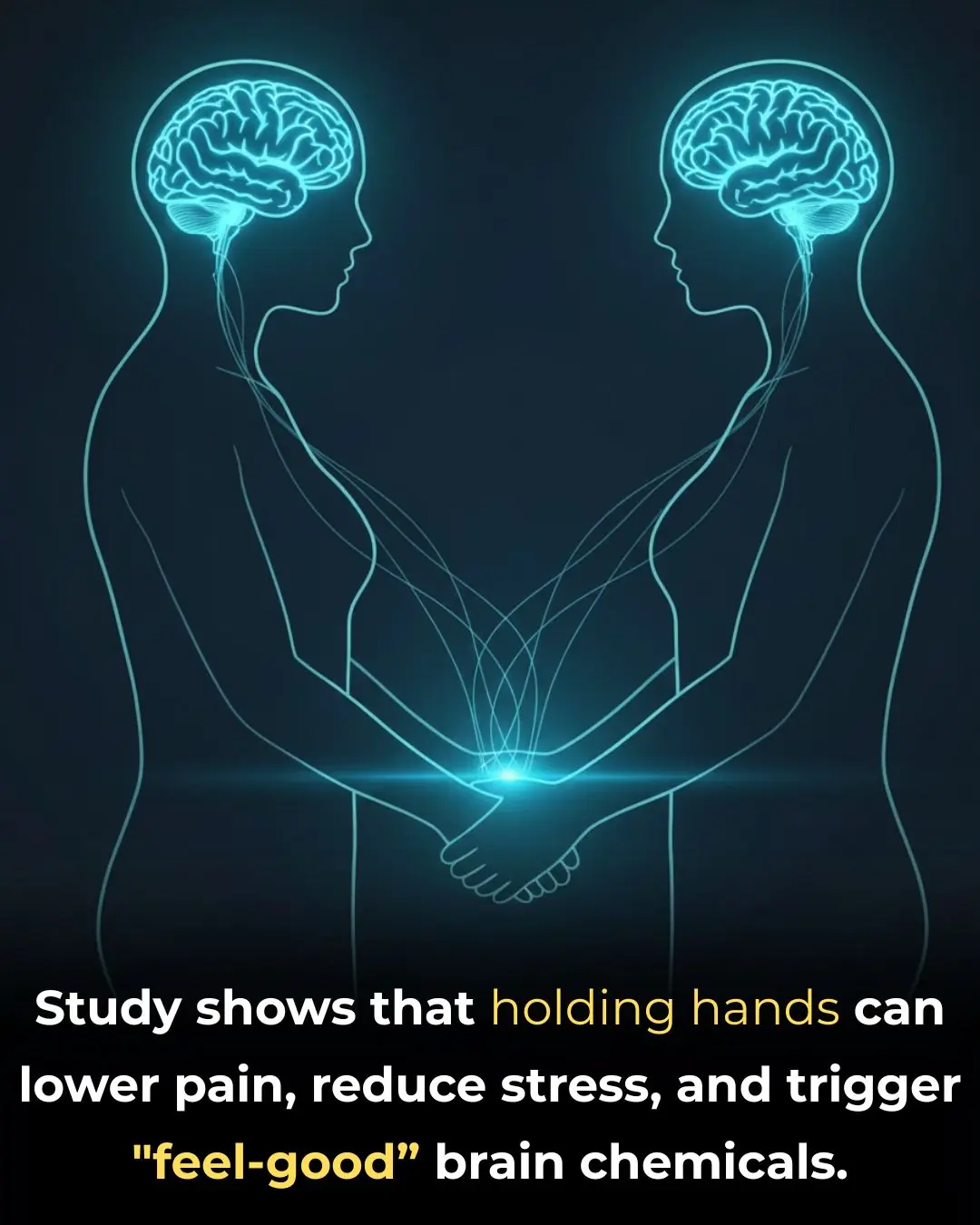
The Science of Touch: How Holding Hands Calms the Brain and Eases Pain
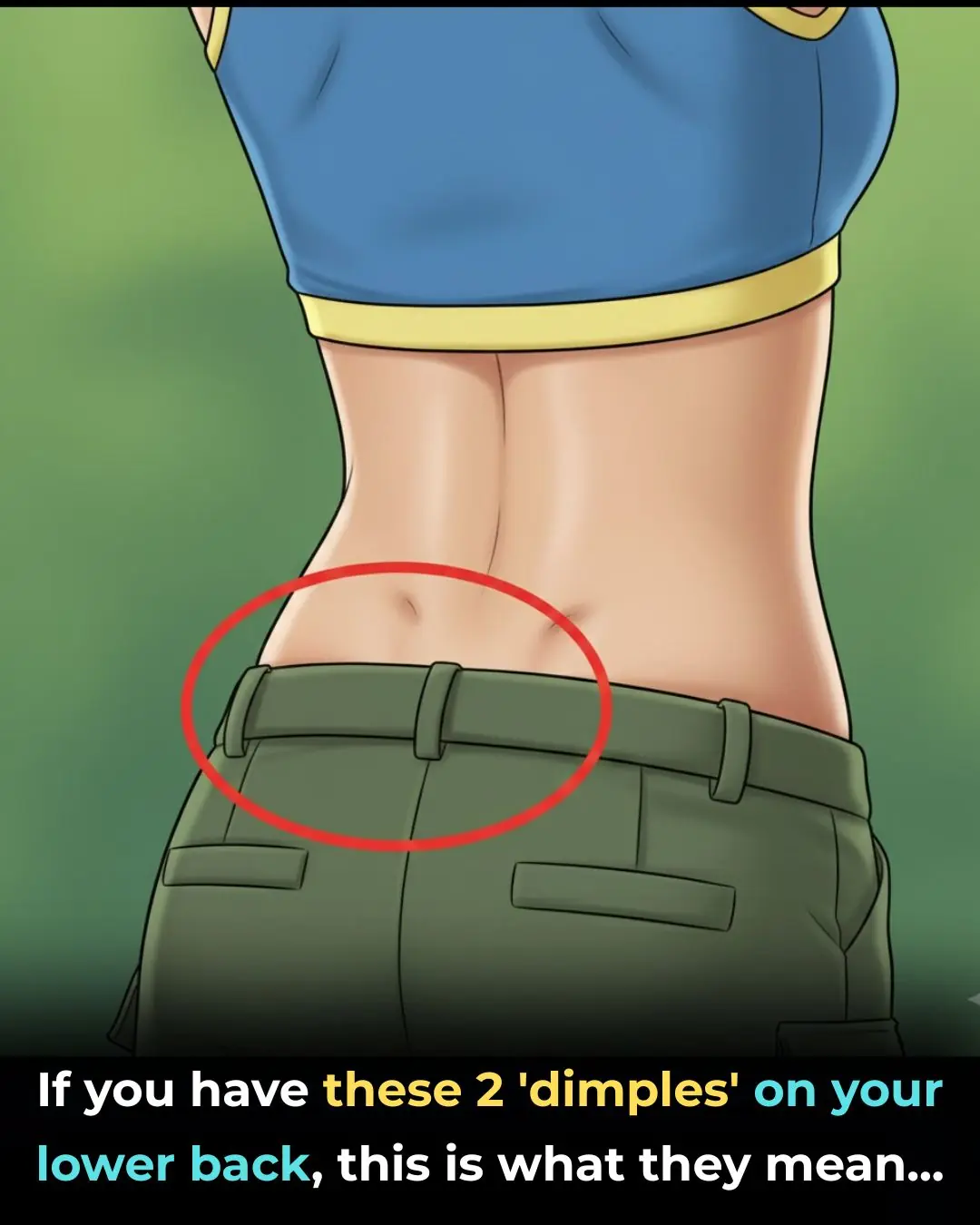
If You Have These Two ‘Dimples’ on Your Lower Back
News Post

‘Breakfast With Dads’: Almost 600 Men Show Up To Mentor South Dallas Middle School Students

Chadwick Boseman, Sheryl Lee Ralph And Brandy All Named In The Hollywood Walk Of Fame Class Of 2024

‘Nobody Ever Shot a Crumbled Piece Of Paper And Yelled “Paul Pierce”‘: The Truth Says Kobe Bryant Was Never Face Of The NBA Sparking Wild Debate

Why the CEO of Black-Owned Beauty Brand The Honey Pot Turned Down a $450M Offer

Long-Lost Brothers Reunite After 20 Years And Discover They Attend The Same College
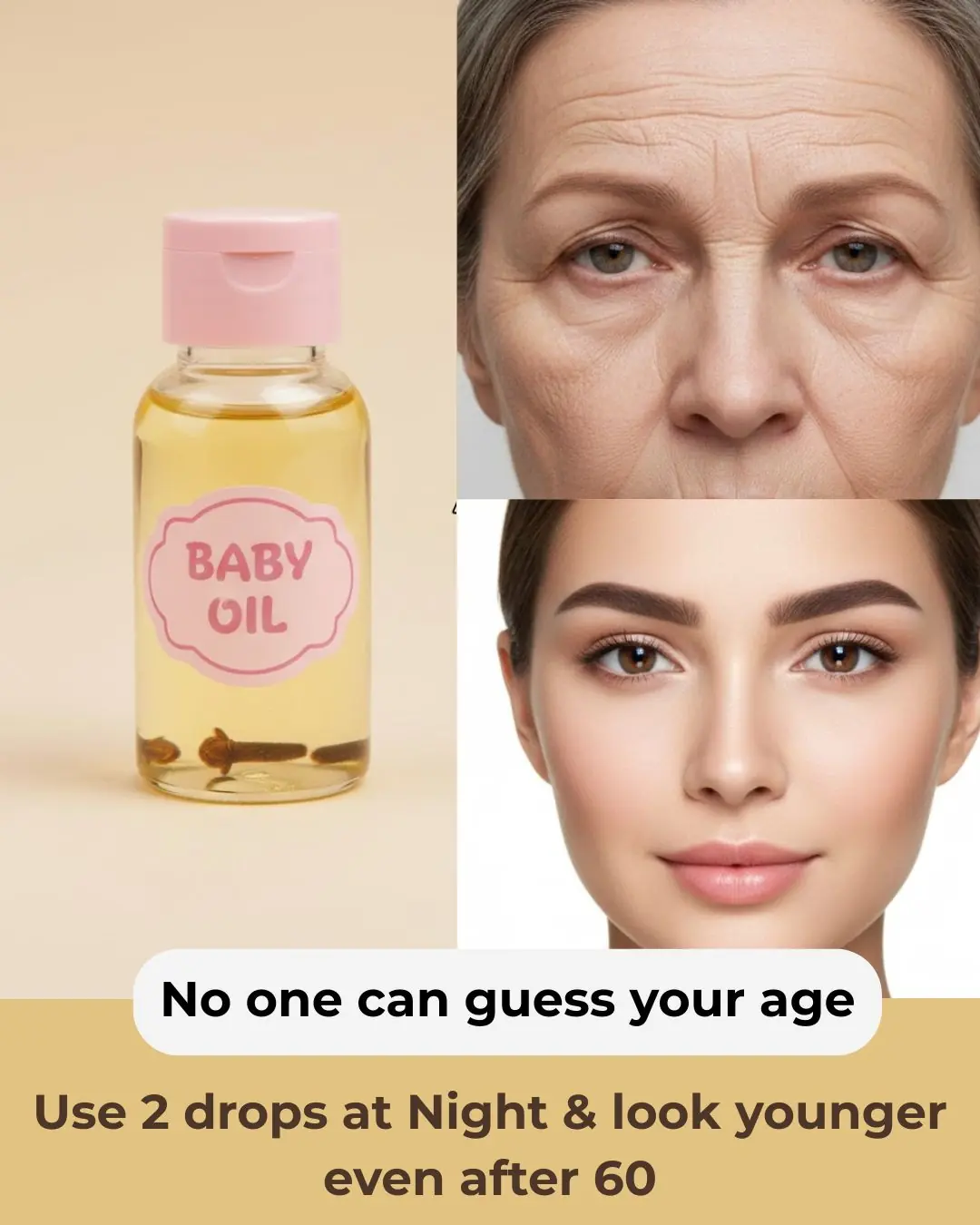
The Ultimate DIY Clove Skincare Routine

Foods That Are Beneficial For Strengthening Muscles In Old Age

Steph Curry & Michelle Obama Team Up to Launch Healthier Sports Drink Alternative ‘PLEZi’

Random Act Of Kindness: Young Man Helps Woman Get Home After Her Electric Wheelchair Loses Power

This Photo Of A Student Walking To Bus Stop To Get To His Graduation Is Determination Personified
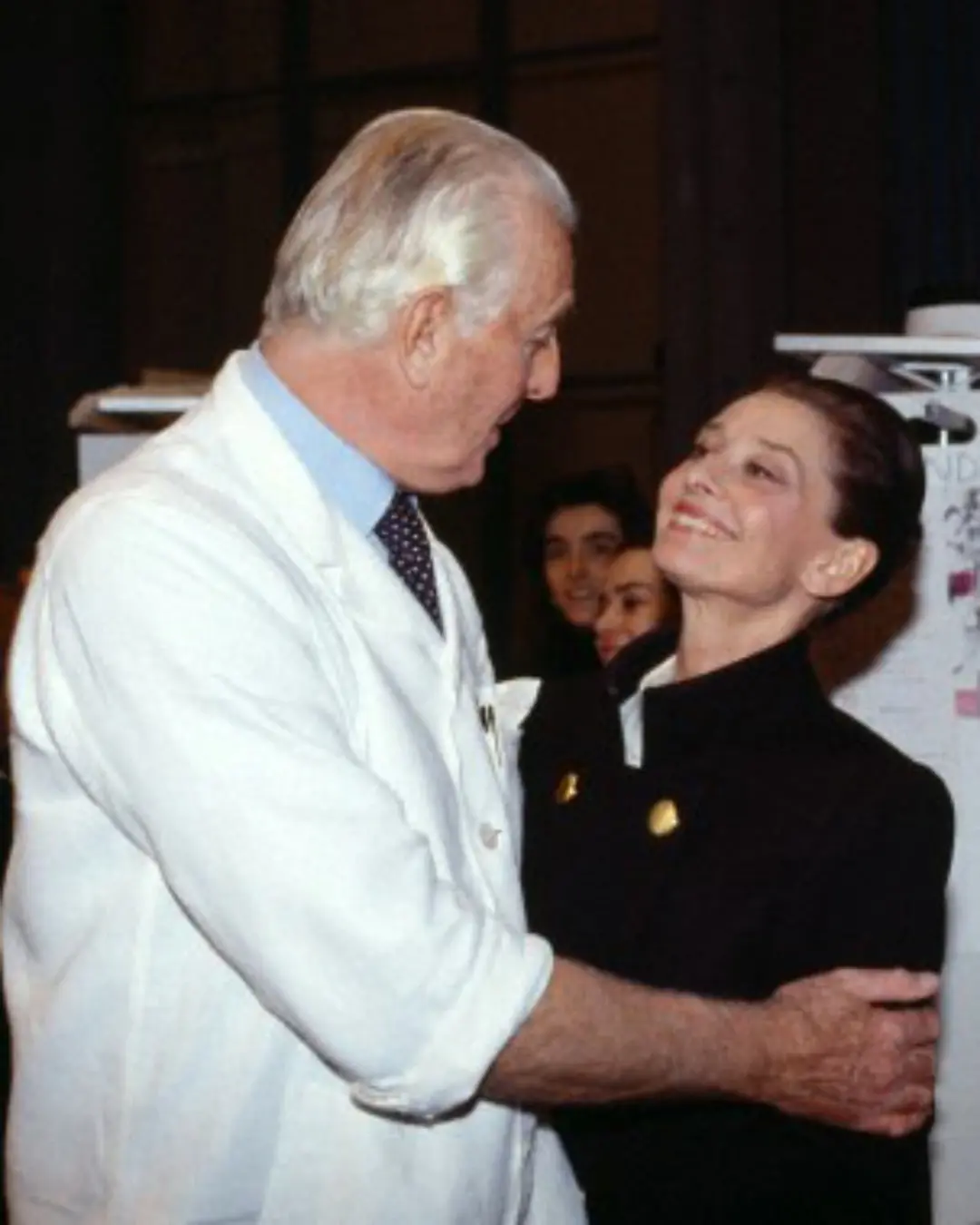
The Coat She Left Behind.

Crispus Attucks: The Man Who Ignited a Revolution.

This Couple’s Love Story Will Leave You Feeling Inspired

Ebony Twilley Martin Named First Black Co-Executive Director Of Greenpeace
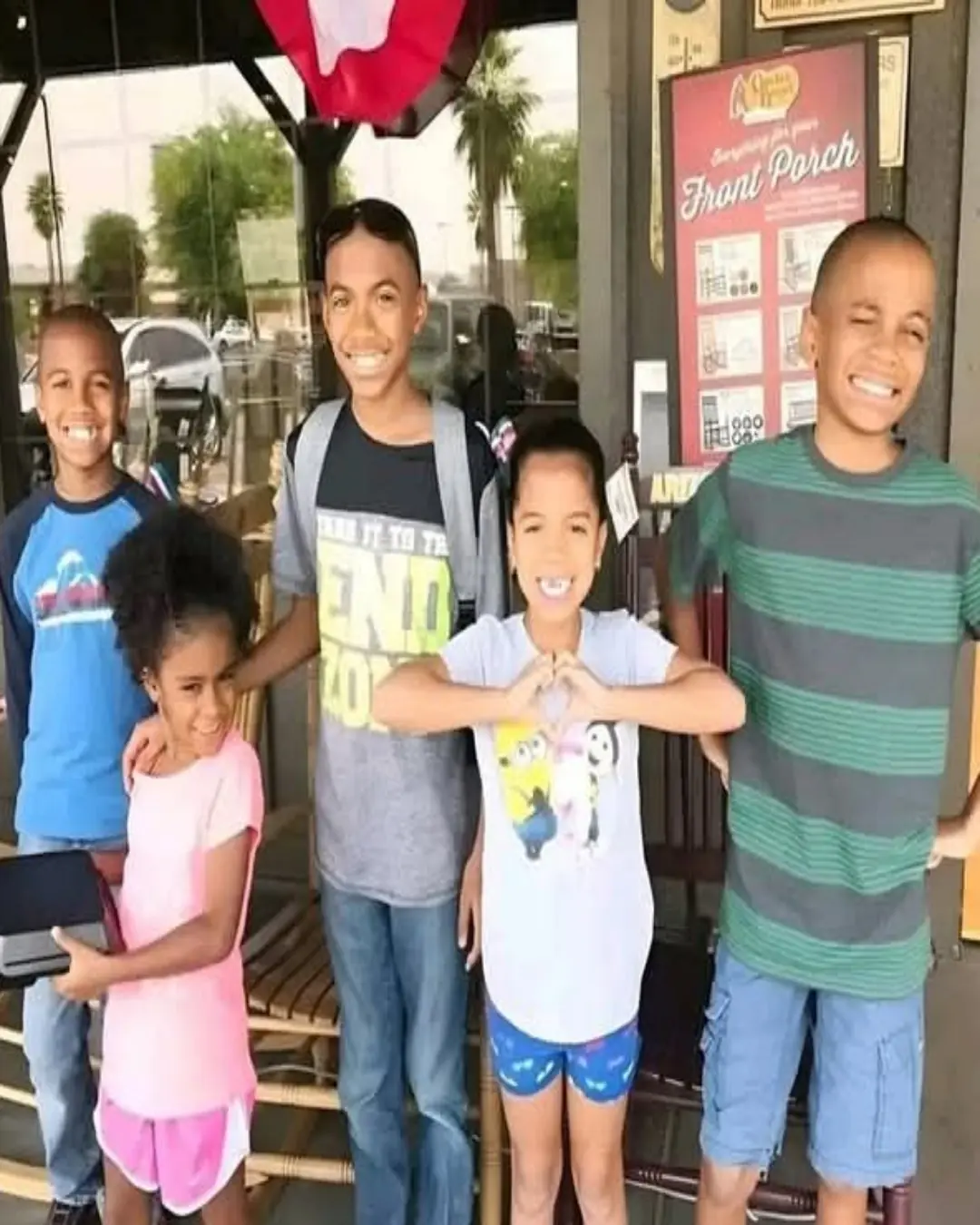
A Meal Paid in Kindness — And a Lesson Her Children Will Never Forget.

The Cub Who Thought Every Human Was an Enemy.
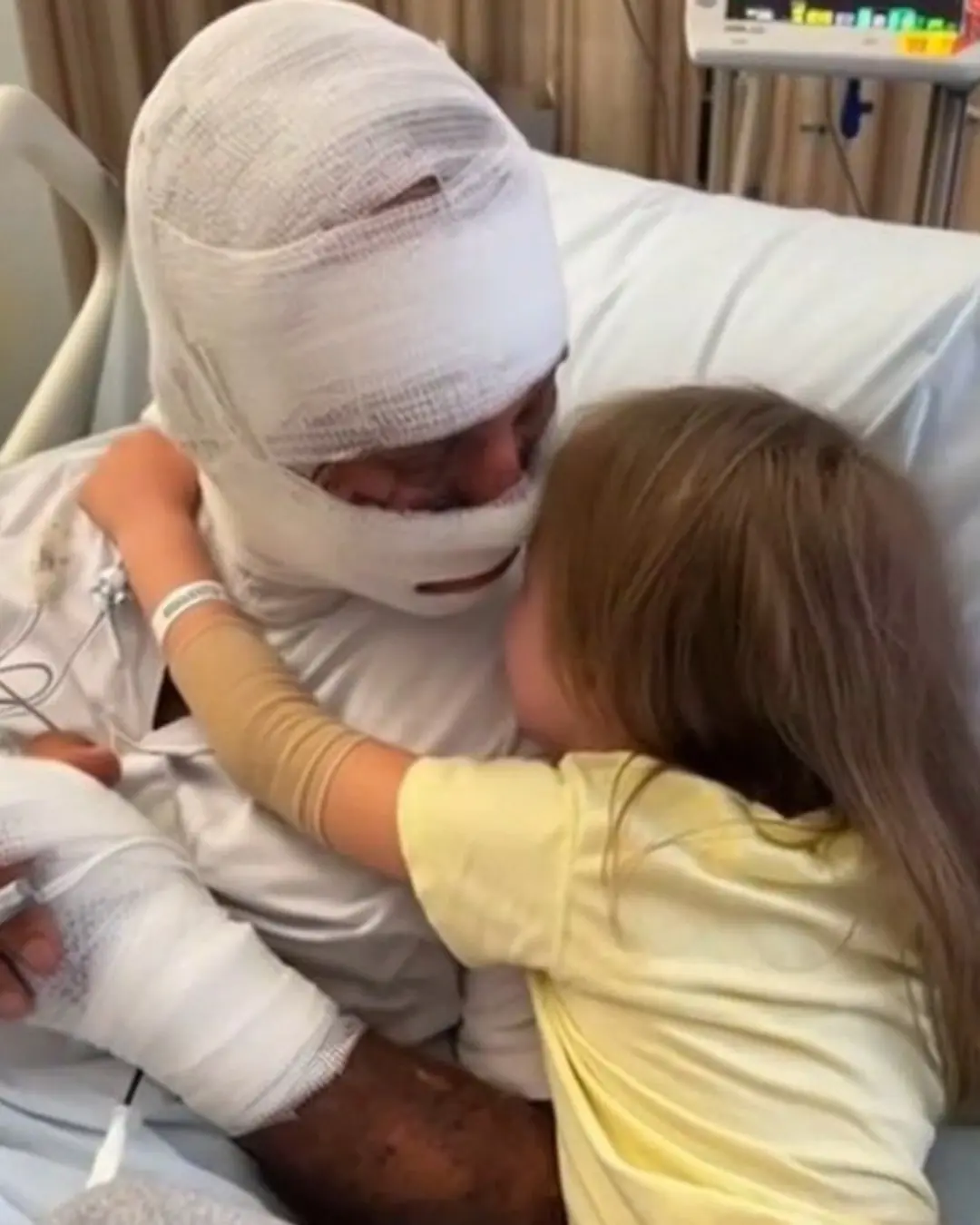
A Neighbor Ran Through Fire to Save a Little Girl.

How a Pilot Gave a Terrified Little Boy the Courage to Keep Fighting.

If you're a gardener, here's why you should collect as many pine cones as you can
